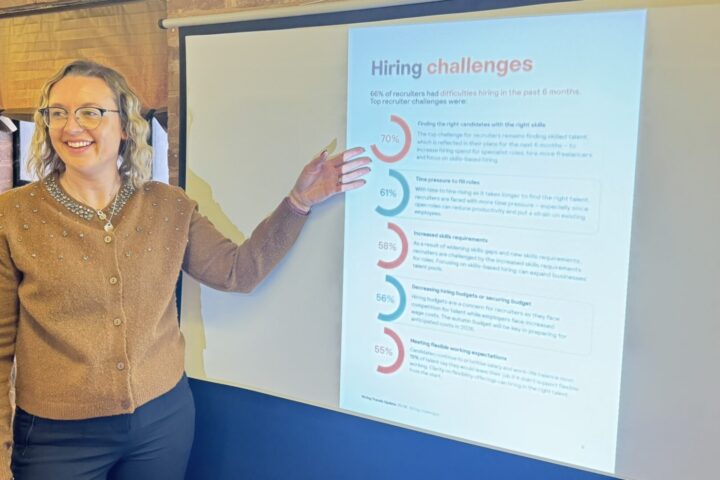The Pensions Regulator (TPR) published its first annual funding statement (AFS) under the new defined benefit (DB) funding code and said it now expects most DB schemes to focus on endgame planning.
TPR’s latest AFS reported that just over half of schemes (54%) are in surplus on a buyout basis, rising to 76% on a low dependency basis and 85% on a technical provision basis.
David Walmsley, director of trusteeship, administration and DB supervision at TPR, said: “With improved funding levels, three quarters of schemes are in surplus on a low dependency basis, we expect a shift in focus from repairing deficits to endgame planning.
“Our new DB funding code equips schemes to make these changes, and to better understand their funding strengths and risks.
“Despite healthy funding positions, trustees should keep in mind the potential for heightened trade and geopolitical uncertainty and understand any risks to their scheme’s investment strategy and employer covenant.”
The regulator’s statement explained areas around covenant and assessment of supportable risk.
The new funding code sets out guidance on how schemes should comply with funding and investment strategy rules which took effect last November.
TPR repeated its backing for proposals to let surpluses from pension schemes support economic growth.
Walmsley added: “Trustees should also be considering how they would respond to potential requests from employers to release some of their scheme’s surplus.
“We have published a helpful statement on this subject. They should adhere to current legislation and scheme rules regarding funding surpluses.
“We await details on the Government’s plans to legislate in the upcoming Pension Schemes Bill.”
He added: “We expect around 80% of schemes to be able to meet the Fast Track approach, resulting in less TPR engagement and lower regulatory burden on schemes through simpler reporting.
“Trustees can also opt for the equally valid Bespoke option. We encourage trustees to collaborate early with advisers and employers to determine the most suitable approach.”
A new digital service for submitting scheme valuations will launch soon, including a strategy spreadsheet for all schemes with valuations effective from 22 September 2024.
Guidance is due to help trustees decide the best endgame option for their members.
David Hamilton, chief actuary at Broadstone, said: “Whilst TPR warns about ongoing risks and geopolitical uncertainty, the overall message is that most schemes are now very well placed.
“There is talk of planning for the potential release of surplus, but also a word of warning for those considering run-on – reinforcing the ongoing risks and governance requirements that will make this unrealistic for most smaller schemes.
“In terms of surplus extraction, we await with interest how the government will balance their desires for productive finance investment and protection of members’ interests in the upcoming Pensions Bill.”
Hamilton added: “The key takeaway from the Annual Funding Statement is the further evidence that the long gestation period of the new funding regime meant it has arrived too late to be of benefit to most schemes.
“Three quarters of schemes are expected to already be in surplus on a low dependency basis and the statement acknowledges that, for instance, these schemes will only need ‘proportionate’ covenant assessment.
“Whilst proportionality is referred to on almost every other page, the volume of additional work under the new funding regime does feel excessive when the masses of guidance around affordable cash flows, reliability periods etc., are likely to apply to only a small minority.”
He said: “The further clarifications within this statement around some of the covenant expectations also demonstrate how one size does not fit all and highlight the potential gulf between best practice aspirations and a pragmatic, risk-based, proportionate approach.”

















